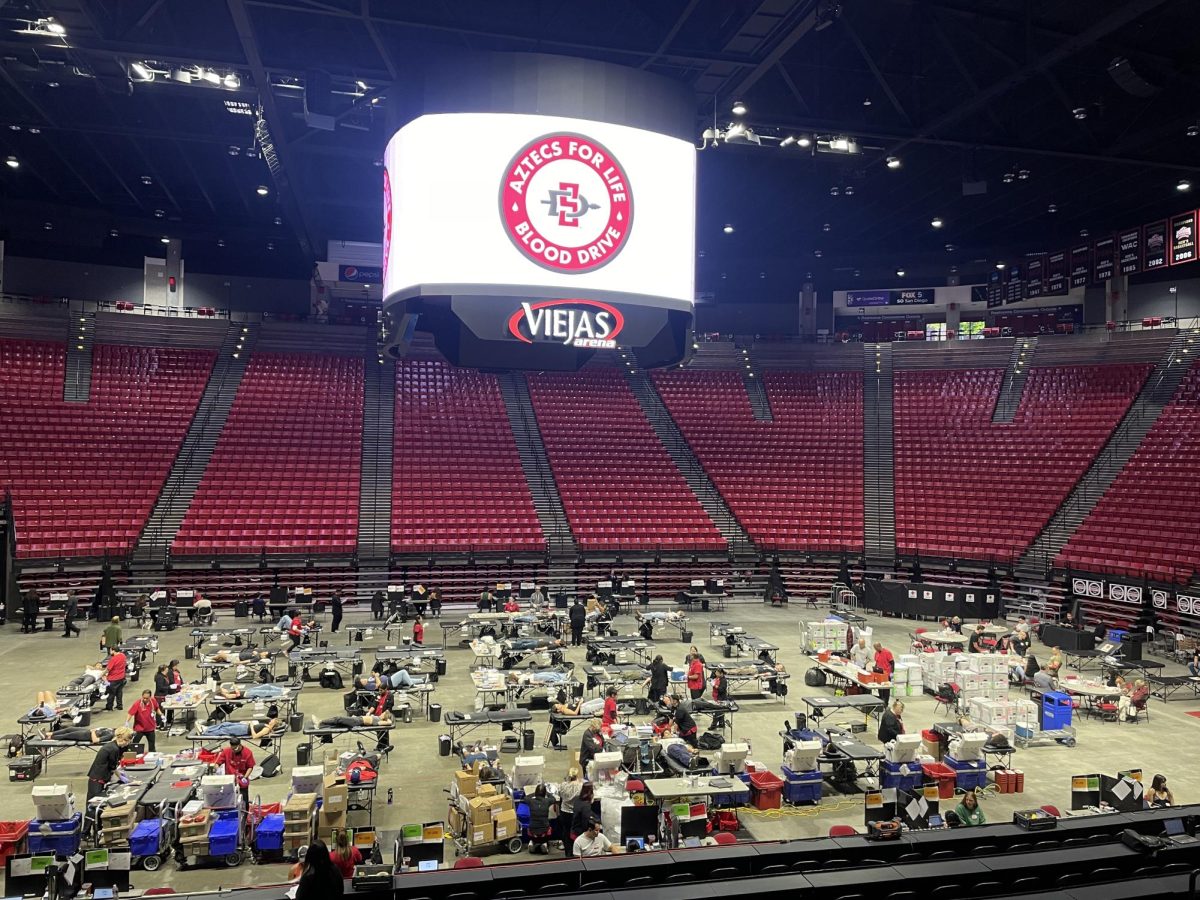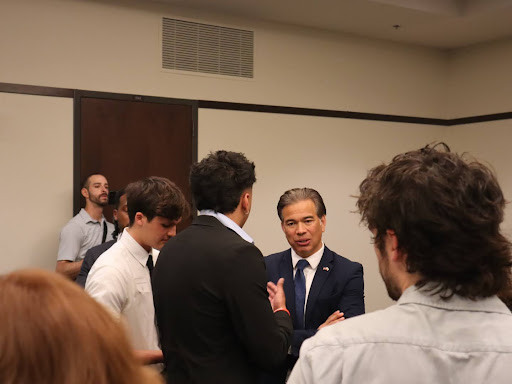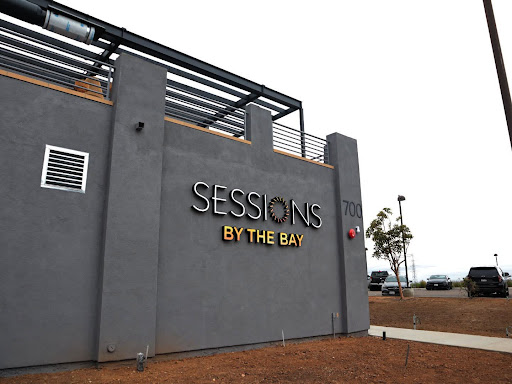SDSU hosted the American Red Cross at Viejas Arena for its annual Aztecs for Life Blood Drive on Nov. 13. Donors received a free Red Cross t-shirt and a $10 e-gift card for their donation, as well as entry to a $7,000 raffle prize.
The drive ran from 9 a.m. to 6 p.m. It was the largest collegiate blood drive in the Pacific Division. The division includes all the West Coast states, Montana and Idaho, according to Regional Donor Services Executive Eric Horton.
Horton explained that their commitment to donation-based blood is integral to the Red Cross mission.
“We feel like it generates the right type of donor donating for the humanitarian cause and not for the financial compensation,” Horton said. “You can have paid blood, but you have to label the product as paid. Ours is labeled as volunteer blood.”
Over the past seven years, this drive has collected 1,970 units of blood. This year, they hope to add 350 units to that number, which can save up to 1,000 lives.
The blood is to be donated across 115 Southern California hospitals, and donors can track their blood to see exactly where it is brought to.
“I think that’s a really cool component,” Blood Donor Ambassador Deraca Jackson said. “For me, getting to know there’s an actual person that I’m giving this to, and I get to know where they’re from, the illness they’re battling: It makes you more passionate about the cause.”
The blood collected at this event, like all the blood the Red Cross receives, is donor blood. The t-shirt, gift card and raffle entry gifts are not considered compensation as they are not direct monetary pay.
Volunteer blood is typically valued over paid blood. This is due to concerns surrounding how paid blood may result in falsified medical histories and inconsistent donor streams, according to the Stanford Blood Center.
The humanitarian motivation was shared by many students who donated, with many being repeat donors.
First-year business management student Payton Cavagnaro has been donating roughly every three months for the last two years. She found out about the drive from The Red Cross Club at SDSU, of which she is a member.
“I like to give back to the community, and sometimes I can’t give back with money, so I like to give back with my blood,” Cavagnaro said.
Ian Solomon, a third-year leadership studies student shares a similar sentiment.
“If we’re healthy and are able to, I think you should, because we got this gift of a body,” Solomon said. “You have the ability to help other people. It’s almost like it’s our duty to do that, to help the people that need it.”
After donating to the Aztecs for Life Blood Drive two years ago, Solomon was put on a call list for the Red Cross. When he received a call a few weeks ago asking if he wanted to donate, he thought, “Why not?”
Previous donors are a great source for future donations, as the need for blood is constant. However, the Red Cross also leverages media coverage and student word of mouth.
Christine Welch, Director of Communications for the Southern California region, explained that Red Cross teams go on campus to meet with various student organizations and their leaders.
“The students are great ambassadors and advocates for helping spread the word among their peers and their friends,” Welch said. “I think it really helps to drive participation and just help save lives.”
Welch has been working at the event throughout its entire eight-year run and notes great turnout each year. She accredited the success of the event to the support provided by various alumni and the athletic department.
“We are working with CBS 8 to help spread the word,” Welch said.” Some of their on-air talent are alumni of the university as well. So, they are invested in the community, and it’s another great way that they can help support the community and get the word out.”
Anyone who missed the drive but is interested in donating blood is encouraged to visit the Red Cross website. Here, interested donors can type in their zip code to find and book appointments for blood drives nearby in the next 10 months.









